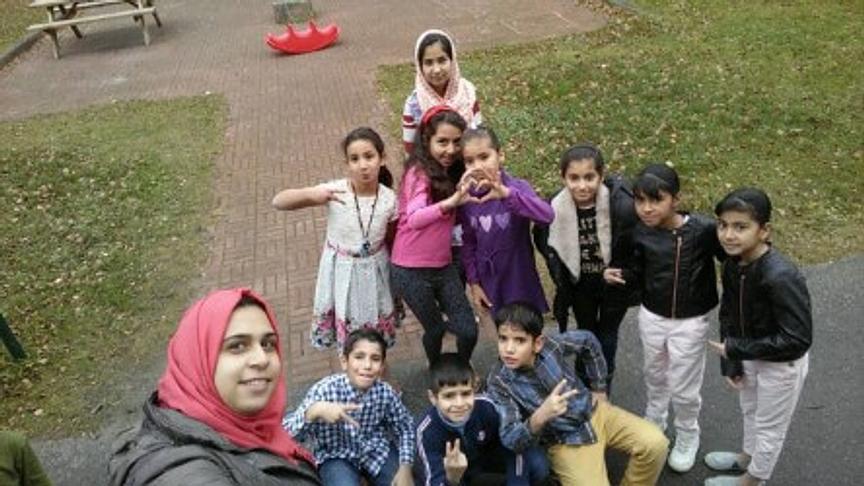According to a PISA study, 15 percent of Finnish students feel left out and even more feel unmotivated at school. Schools must change in order to stay meaningful to students and fill the gap between students' and teachers' digital skills. Teaching methods and tools should provide students with the means necessary to cope in their personal lives as well as in the working life. These skills include socio-emotional skills, problem solving skills, critical thinking, creativity as well as collaborative skills.
Hug me! strides to answer this need with student-centered collaborative digital content projects. The projects improve the students’ sense of agency, proactivity and entrepreneurship skills while creating a foundation for collaborative digital learning and improving socio-emotional skills.
Hug me! aims for transversal competence stated in the new Finnish national core curriculum of 2014; thinking and learning to learn, cultural competence, interaction and self-expression, taking care of oneself and managing daily life, multiliteracy, ICT Competence, working life competence and entrepreneurship, participation, involvement and building a sustainable future.
The innovation allows students to create their own digital projects in groups. They choose the tools and methods themselves as well as the phenomenon itself. A solution-based approach and autonomy are key elements for the successful implementation of the model.
Instructors encourage the students to face themselves as well as their hopes, fears and thoughts. Through this self-examination they learn to understand others – we have more in common than not. The group is a safe space to take chances and eliminate fears of failure or embarrassment.
The innovation instructs teachers how to implement content production into collaborative learning among students.


